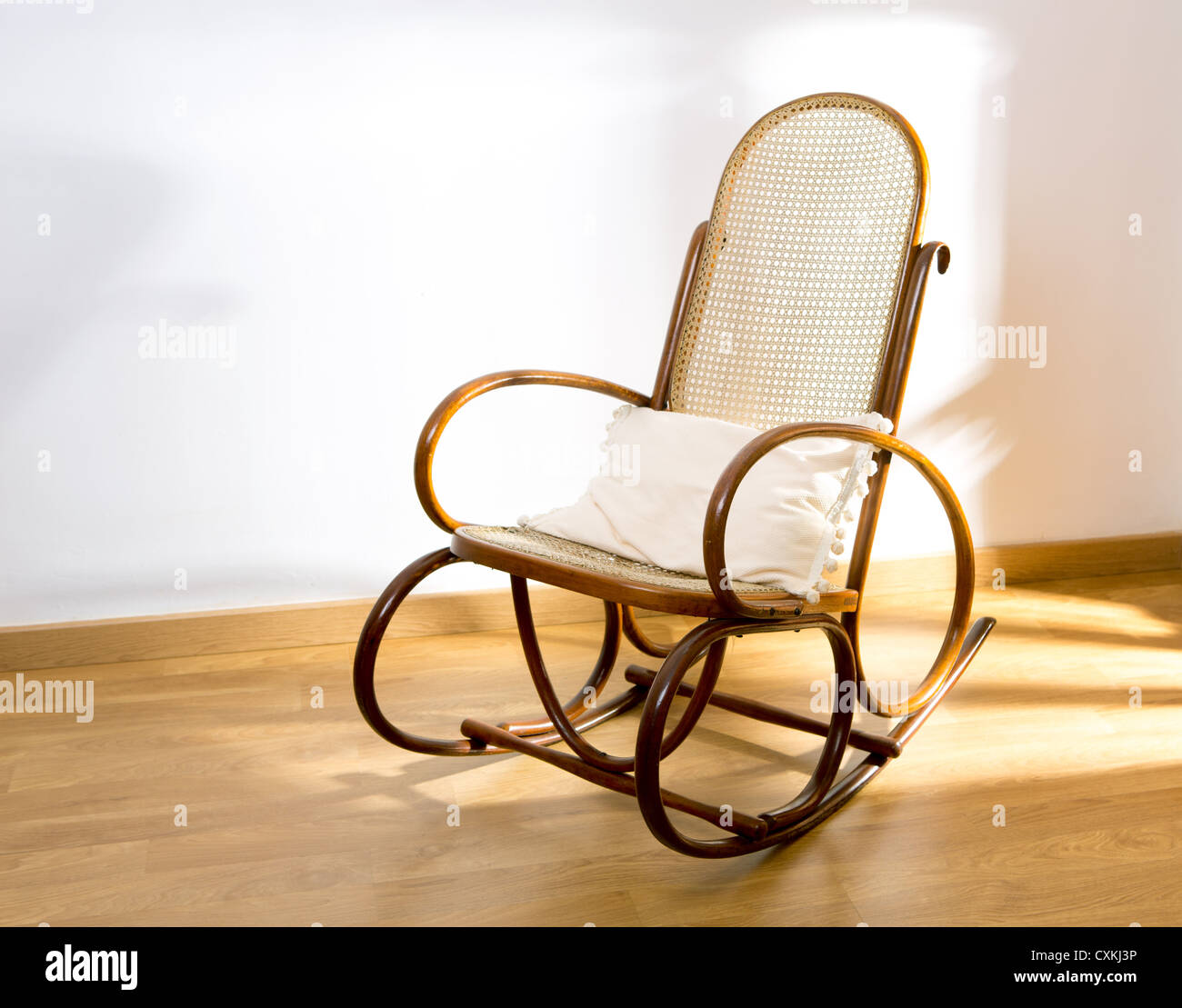History and Origins of Antique Wooden Swing Chairs

Antique wooden swing chairs are more than just pieces of furniture; they’re captivating time capsules that whisper tales of bygone eras. Their evolution reflects a fascinating blend of practicality, artistry, and cultural influences, weaving a rich tapestry of history.
Early Forms and Origins
Swing chairs, in their simplest forms, have existed for centuries, with evidence suggesting their origins in ancient civilizations. These early versions were often crafted from natural materials like vines, ropes, and branches, providing a basic, yet effective, means of swaying.
- The earliest known depictions of swing chairs can be traced back to ancient Egypt, where they were used for relaxation and entertainment. These early swings were often crafted from woven reeds and papyrus, suspended from tree branches or simple frames.
- In ancient Greece, swing chairs were also known and used, particularly for their therapeutic benefits. The Greeks believed that the gentle rocking motion could alleviate stress and promote well-being.
The Evolution of Swing Chairs, Antique wooden swing chair
The evolution of swing chairs has been a gradual process, influenced by technological advancements, changing lifestyles, and artistic trends.
- During the Middle Ages, swing chairs became more elaborate, with the introduction of wooden frames and more intricate designs. These chairs were often decorated with carvings and painted with vibrant colors, reflecting the artistic sensibilities of the time.
- The Renaissance period saw a resurgence of interest in classical art and design, which influenced the development of swing chairs. This era saw the introduction of more refined and elegant designs, often incorporating ornate carvings and decorative elements.
- The 18th and 19th centuries witnessed a surge in popularity for swing chairs, particularly in Europe and North America. During this time, swing chairs became a staple in gardens, verandas, and parlors, serving as a symbol of leisure and refinement.
- The Industrial Revolution brought about new materials and manufacturing techniques, which further influenced the design and construction of swing chairs. This era saw the introduction of metal frames, springs, and other innovations that enhanced both durability and comfort.
Cultural Influences
The design and usage of antique wooden swing chairs have been shaped by a wide range of cultural influences, reflecting the diverse traditions and aesthetics of different regions.
- In the Victorian era, swing chairs were often adorned with intricate lace and embroidery, reflecting the prevailing fashion and aesthetic preferences of the time. These chairs were often placed in gardens and conservatories, creating a romantic and idyllic setting.
- In the American South, swing chairs were often made from locally sourced hardwoods like oak and maple, reflecting the region’s rich woodworking tradition. These chairs were often painted in bright colors and adorned with decorative details, reflecting the region’s vibrant culture.
- In Asia, swing chairs have a long and rich history, with variations found in countries like India, China, and Japan. These chairs often incorporate traditional motifs and designs, reflecting the unique cultural heritage of each region.
Examples of Antique Wooden Swing Chairs
The world is filled with countless examples of antique wooden swing chairs, each with its own unique story to tell.
- A classic example is the “Victorian Swing Chair,” often characterized by its ornate carvings, elaborate upholstery, and graceful curves. These chairs were a symbol of elegance and refinement during the Victorian era.
- The “Colonial Swing Chair” is another notable example, often crafted from sturdy hardwoods like oak or maple. These chairs were typically simple in design, with a focus on functionality and durability.
- The “Mission Style Swing Chair” is a distinctive example, characterized by its clean lines, simple forms, and emphasis on craftsmanship. These chairs were popular in the early 20th century, reflecting the growing appreciation for handcrafted furniture.
Antique wooden swing chairs evoke a sense of nostalgia and charm, transporting us back to simpler times. While these cherished pieces are often found in vintage shops, a modern twist on the classic design can be found in the realm of children’s furniture.
You can discover a wide array of childs wooden chair ebay , ranging from whimsical rocking chairs to sturdy, traditional styles, offering a delightful blend of old and new. Antique wooden swing chairs, with their timeless appeal, can inspire the design of modern children’s furniture, ensuring that the joy of swinging continues to be passed down through generations.
Antique wooden swing chairs are a classic choice for adding a touch of vintage charm to any outdoor space. The gentle swaying motion and the natural beauty of the wood create a calming and relaxing atmosphere. A similar design principle is found in the half circle wooden chair , which offers a unique and inviting seating experience.
Both styles are perfect for enjoying a good book or simply soaking up the sunshine.
